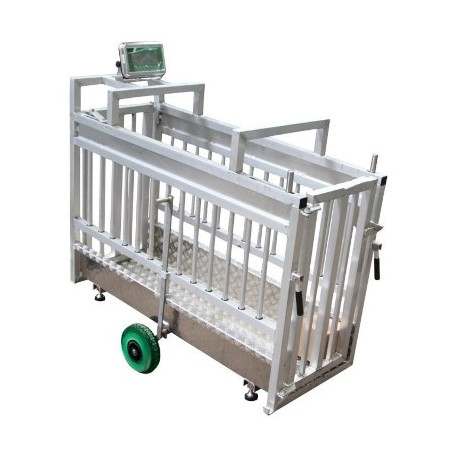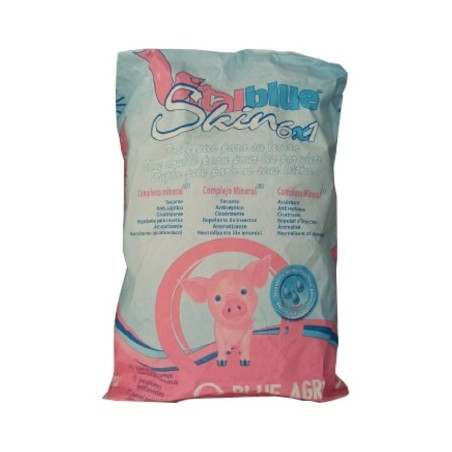Achieving advances in nutrition is a strategy to improve productivity indexes. Among several alternatives, the use of minerals in the diet stands out. This study investigated copper (Cu) and zinc (Zn) hydroxychloride cosupplementation on the growth performance, diarrhea frequency, carcass, meat quality, and antioxidant activity in grower-finisher pigs. For that aim, a total of 256 pigs were used from 70 to 154 days of age, distributed in four treatments. Diets were provided to grower pigs from 70 to 112 days old and in the finisher, 112 to 154 days old. Copper was considered the low level at 100 mg Cu/kg and 90 mg Cu/kg, respectively, and 150 mg Cu/kg in both periods as high in the grower and finisher periods. In the grower and finisher period, zinc was co-supplemented in the diet at 80 mg Zn/kg and 70 mg Zn/kg, respectively. In the diets, T1 and T2 groups are the traditional inorganic sources for minerals (copper sulfate, CuSO4; zinc oxide, ZnO) and T3 and T4 hydroxychloride sources (copper hydroxychloride, CHC, and zinc hydroxychloride, ZHC).
At the finisher period, pigs fed both minerals from hydroxychloride source had a higher BW 154 d, average daily gain (ADG) 70 to 154 d, the hot and cold carcass weight and frequency of normal feces than those fed 150 mg Cu/kg and Zn from a traditional inorganic source. The animals fed low Cu levels of the sulfate source had a higher ADG 70 to 154 d than those fed high Cu levels of the same source. Pigs fed 150 mg Cu/kg co-supplemented with Zn from a hydroxychloride source had the highest carcass length. Pigs fed 150 mg Cu/kg and Zn from a traditional inorganic source had a higher superoxide dismutase (SOD) activity than the other treatments. Animals fed low Cu levels from hydroxychloride had a higher malondialdehyde (MDA) formation than those fed sulfate source, regardless of the Cu levels and those fed high Cu levels of hydroxychloride.

In conclusion, 150 mg Cu/kg as copper sulfate co-supplemented to zinc oxide in the diet of growing and finishing pigs impairs the growth performance, carcass and increases diarrhea frequency, and copper and zinc hydroxychloride co-supplementation improves these characteristics.
Mendonça MV, Nakasone DH, Martinez CHG, Gemelli JL, Pereira, ASC, Pugine SMP, de Melo MP, de Andrade AFC, Araújo LF, Augusto KVZ, Yaming H, Martins SMMK. Copper and zinc hydroxychloride cosupplementation improve growth performance and carcass and reduce diarrhea frequency in grower-finisher pigs. Translational Animal Science. 2021; 5(4): txab202. https://doi.org/10.1093/tas/txab202





